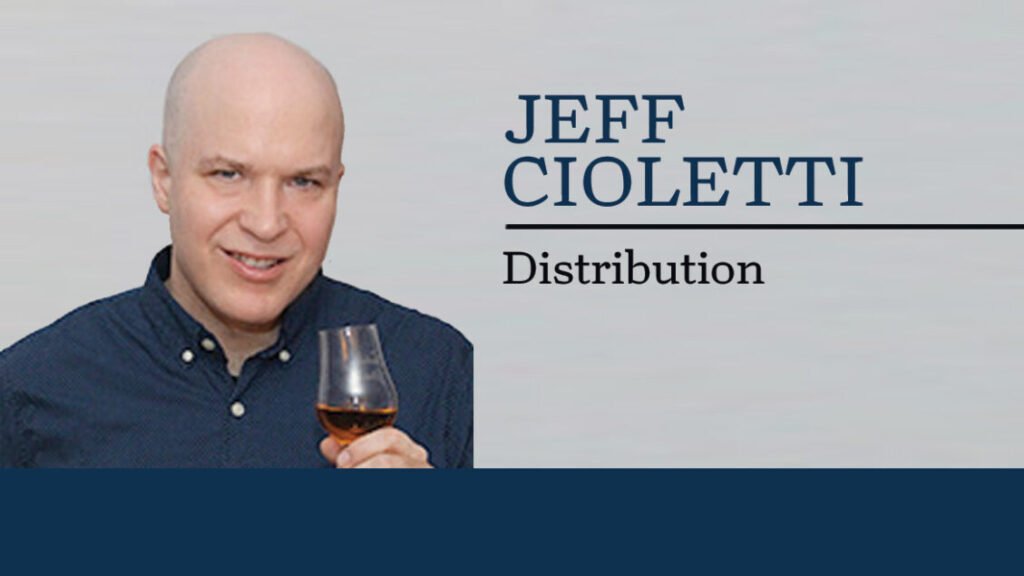If there’s one space the place beverage distributors have constantly intensified their focus over the previous couple of many years, it’s car load optimization. Within the fixed pursuit of logistical greatest practices and decrease working prices, the beverage business has more and more embraced new methods and instruments — lots of which weren’t even accessible to them just some years in the past — to mine efficiencies within the final mile earlier than their merchandise attain the tip client.
“Various things have influenced that focus,” says Gary Thompson, principal at Turbo Consulting, who beforehand served for a few years as common supervisor and government vp of Powers Distributing in Orion, Michigan. “From revenue squeeze to gasoline value will increase, to federal and state strain on damage discount, to the explosion of SKUs, to the price of advantages of staff, to the growing value of insurance coverage and eventually the scarcity of drivers —every of those has positioned larger and larger strain on the distributor community to take a look at their vehicles, masses and personnel and higher make the most of autos of various styles and sizes.”
In response to industrial transportation consultancy Kelly Anderson Group, synthetic intelligence (AI) has been taking part in a transformative function in load optimization in three key areas: predictive analytics, route optimization and automatic loading. By way of predictive analytics, AI makes use of historic information to assist undertaking future demand and permits fleet managers to regulate supply schedules and right-size their stock.
On the routing entrance, the expertise digests elements like variable site visitors patterns, car capacities and supply home windows to pinpoint the best routes. After which there’s the precise loading, which is facilitated by AI’s math to determine probably the most optimum configuration for no matter mixture of particular SKU sorts the vehicles are delivering.
“Expertise and AI are crucial to maximise your masses and routes,” Turbo Consulting’s Thompson says.
With each the rise in supply stops and within the variety of SKUs, it turned extraordinarily vital to calculate the most effective locations on the truck to safe merchandise of various sizes and weights, as an illustration. And that’s the place the expertise is available in.
“Our vehicles would have pallets of Miller Lite function gadgets, and Corona 12-packs, to associate with anyplace from 20 to 200 different packages at a cease,” Thompson explains. “There was not sufficient time in a 24- and even 48-hour supply window for us to manually take the entire variables into consideration.”
However, he cautions, expertise can solely achieve this a lot. In the case of technique, synthetic intelligence can’t actually substitute human intelligence.
“In my view, you merely have to start with technique,” Thompson says. “Hoping the pc will make good choices shouldn’t be a technique. Every distributor has to weight their value construction, service space, service coverage, tools and availability of personnel first. It won’t do any good to load-maximize if you happen to do not need a driver to drive the truck, or if there’s no helper so the truck can’t end the route. If the runs are lengthy, product wants refrigeration and also you do not need in a single day drivers, it can drive change in your loading.”
Moreover, time home windows for some main retail accounts could also be rigid, which may also must be factored into your decision-making.
“After you may have your technique thought via, you may give tech the principles for use with loading and AI,” Thompson provides.
Lastly, Thompson cautions that load optimization is at all times a transferring goal and barely simple. “This isn’t a ‘one and completed’ transfer,” he says. “You will must make extra changes. Get nice tech companions who perceive and can work with you on the ‘guidelines,’ algorithms, and methods wanted to carry on load administration.”
